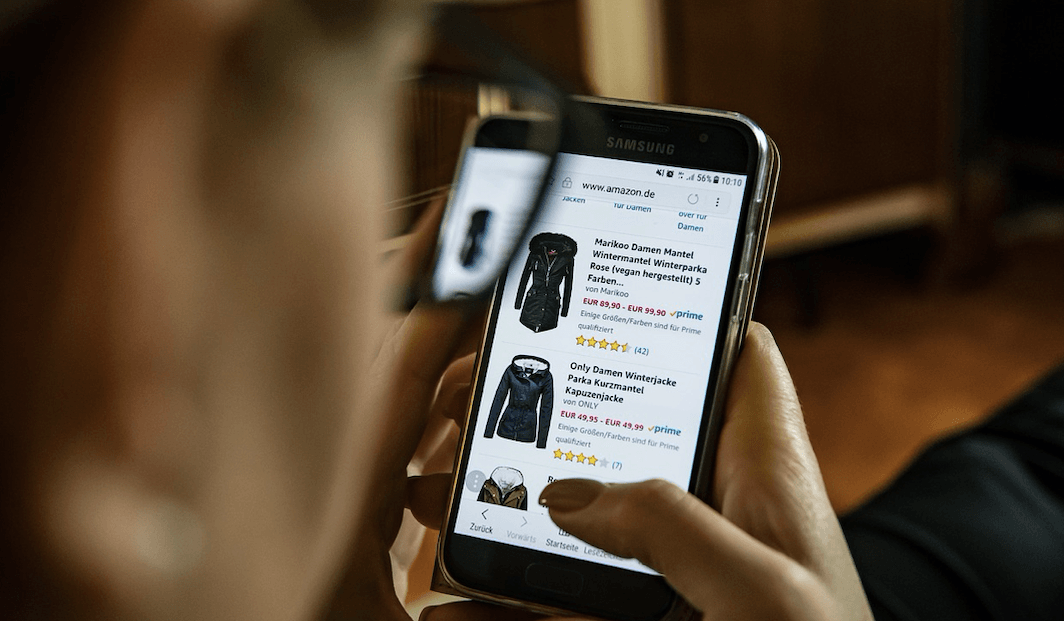
Innovate or Die: How Major Retailers Use Data To Get Ahead
Innovate or die: Those are the options for once-powerful retail giants. Just last year, we saw the death of Toys R Us, once the largest toy retailer in the world. Payless is in its death throes. Now Sears is in mortal danger. If retailers can’t embrace emerging technologies, they will be relegated to the dustbins of history. Whether it is creating their own accelerators, partnering with companies that specialize in modernization, or heavily investing in research and development (R&D), major retailers such as Walmart, Target, and Macy’s must find ways to stay ahead of the curve through innovation. Here are a few examples of how big-name retailers are pushing the boundaries of shopping with high-tech advancements.
Amazon has long set the standard for innovation. Recently, Amazon has gotten into the physical retail space with Go stores. Their model is revolutionary. There are no cashiers or self-service check-out stands. Instead, you take what you need, and the Amazon Go app will sense when you leave the store and charge you automatically, all without standing in line, speaking to a soul, or wasting a second of your time. They have a few stores nationwide but plan on introducing thousands worldwide by 2020. The takeaway? By finding ways of connecting in-person behavior with consumer’s devices (namely, with custom technology), brands like amazon can create more convenient customer experiences that save time and money for all parties.
Amazon’s Chinese counterpart, Alibaba, has recently opened a physical store as well. This store, Hema, houses a restaurant powered by robots. Customers reserve a seat and order their food through an app, and serving robots seamlessly deliver their food.
Staying in China, powerhouse JD.com recently opened an ultra high-tech supermarket called 7Fresh. This grocery store includes smart “driverless” shopping carts that automatically follow customers, allowing shoppers to keep their hands free. According to RetailDetail, “The store also uses “big data analytics” to match its product range to the consumers’ desires. Advanced technology has to help the chain provide a personal and educational store experience.” To this end, they have also included “magic mirrors,” which sense when an item is being examined and displays information, such as nutritional values and country of origin.
Walmart has been experimenting with technology in numerous ways. They have created their own incubator, called Store No. 8. This incubator is examining virtual reality, drone delivery, and data-based personalized shopping experiences. They have also partnered with virtual reality training company STRIVR to create a VR training platform for their employees. As DisruptionHub states, “The technology was used to prepare workers for the hysteria of Black Friday, putting them in a virtual environment. Through VR, Walmart better equipped its employees to handle the rush of customers on the hunt for sales.” And only a few months ago, Walmart improved its app to make better product comparisons. The majority of barcode scanners only give information on the product being scanned, but Walmart’s new technology gives customers information about entire shelves, providing a robust view of pricing, ratings, and options.
Even Macy’s, a true old-school retailer, is innovating through virtual reality. They provide VR headsets to their customers that allow them to create their own virtual room by choosing and placing different items of furniture. According to retaildive, Macy’s “saw a 60% increase in sales when customers used the technology, as well as a decline in returns, all of which convince d Macy's to buy into VR to a greater extent.” Now they are expanding the use of this technology to 90 of its stores.
These are just a few examples of how major retailers are innovating through technology. Of course, deciding how to innovate begins with understanding the needs of your customers. And to understand your customers, you need reliable ways of connecting with them both online and in person. Luckily, Lineate can help. Reach out to us to discuss how you can connect the dots with your customers online, offline, and anywhere in between.
Share:
Got a project?
Harness the power of your data with the help of our tailored data-centric expertise.
Contact us